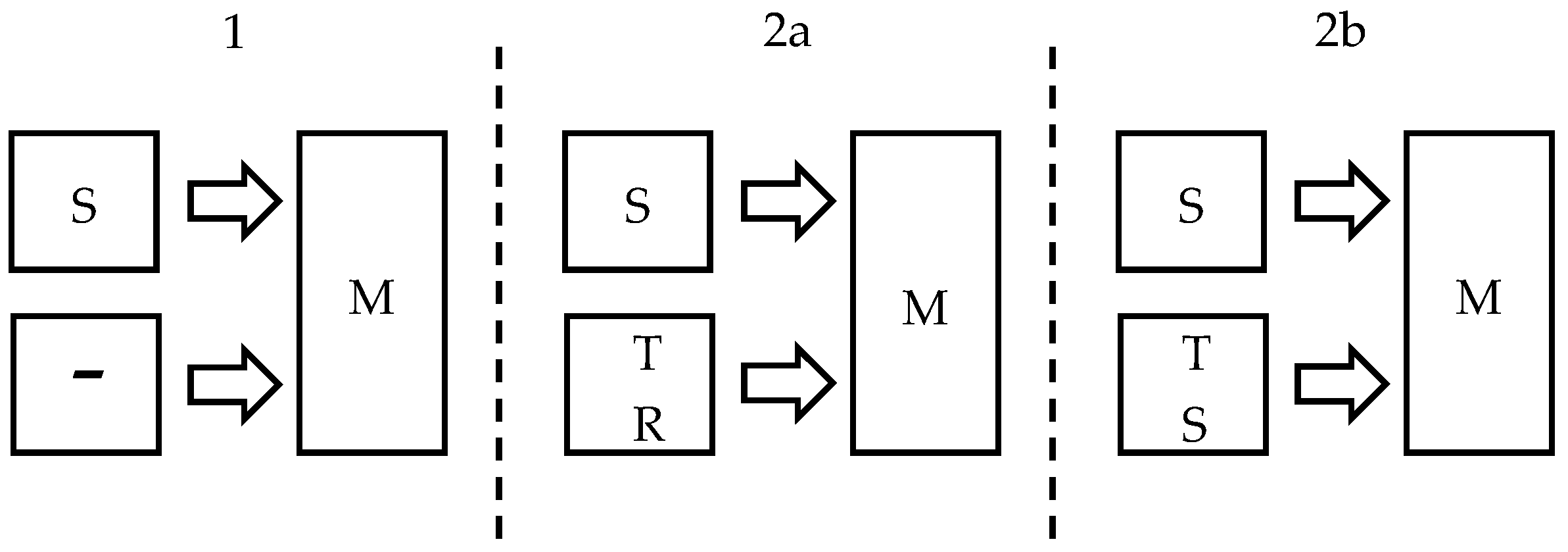
In systematic encoding, just by seeing the output of an encoder, we can separate the data and the redundantīits (also called parity bits). Systematic & Non-systematic encodingīlock codes like Hamming codes are also classified into two categories that differ in terms of structure of the encoder output: The (7,4) binary Hamming block encoder accepts blocks of 4-bit of information, adds 3 parity bits to each such block and produces 7-bits wide Hamming coded blocks. With the simplest configuration: p=3, we get the most basic (7, 4) binary Hamming code. The characteristics of a generic (n,k) Hamming code is given below. All such Hamming codes have a minimum Hamming distance d min=3 and thus they can correct any single bit error and detect any two bit errors in the received vector. Here, 2 p-1 is the number of symbols in the encoded codeword and 2 p-p-1 is the number of information symbols the encoder can accept at a time. For every integer p ≥ 3 (the number of parity bits), there is a (2 p-1, 2 p-p-1) Hamming code. Name1,Value1.,NameN,ValueN.Linear binary Hamming code falls under the category of linear block codes that can correct single bit errors. The argument name and Value is the corresponding value. Name-Value Pair ArgumentsĬomma-separated pairs of Name,Value arguments. When working with text data in a table or a timetable, consider using a string array or a categorical array. Best practice is to avoid creating table or timetable variables that are character arrays. If you specify 'char' as a data type, then table preallocates the corresponding variable as a cell array of character vectors, not as a character array. Timetable with no variables and NaT for rowįor any other data type, the initial value is the value used by that type or class to "in-fill" unassigned elements of an array.


Specify Variable Names Using Any Characters.Build Table by Assigning Variables Individually.

Specify Table Variables and Row Names Using String Arrays.


 0 kommentar(er)
0 kommentar(er)
